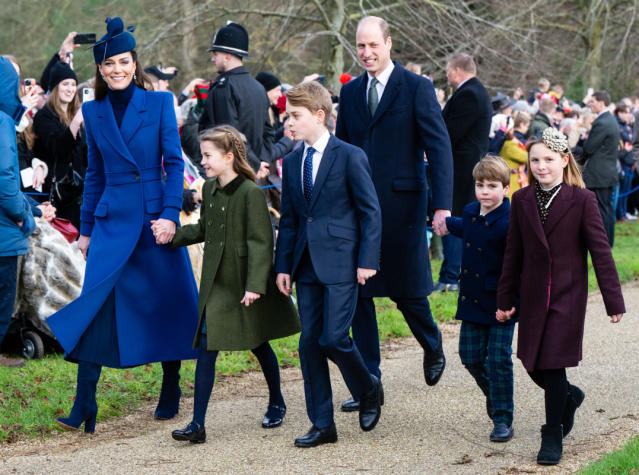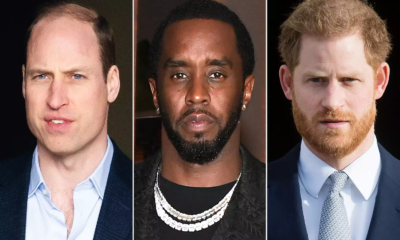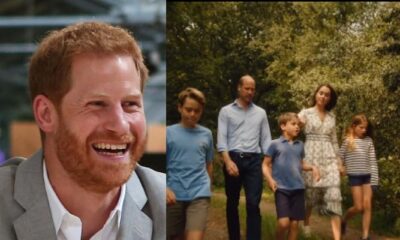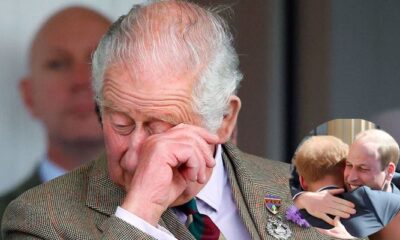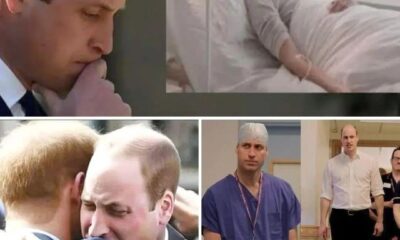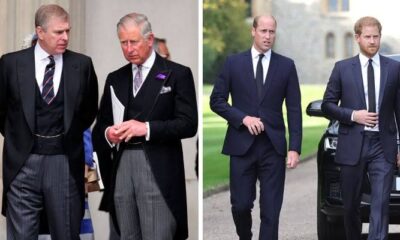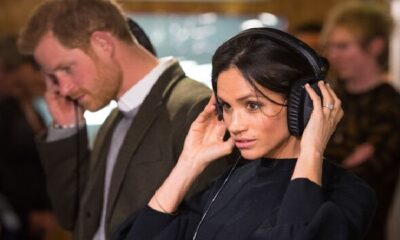CELEBRITY
Opinion: What Princess of Wales photo really shows – a monarchy struggling
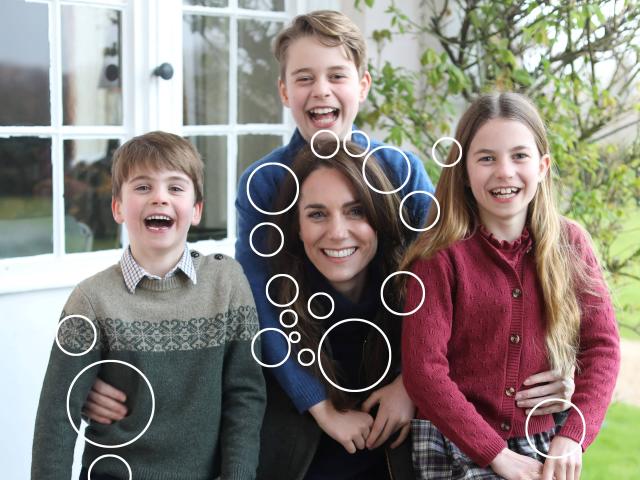
It was a charming Mother’s Day snap intended to assure an anxious nation that all was well with their beloved royal family.
Instead, the statement by Catherine, Princess of Wales that she had ham-fistedly manipulated a photograph showing her posing with her children appears to have sent much of the British public scurrying down the deepest of conspiracy theory rabbit holes. For weeks, scurrilous whispers about Kate, wife of one heir to the throne, Prince William, and mother of another, Prince George, had been consigned to the darkest corners of the internet.
But when a series of respected photo agencies withdrew the photograph issued by Kensington Palace, citing concerns over its full authenticity, the rumor mill went into overdrive. It was a charming Mother’s Day snap intended to assure an anxious nation that all was well with their beloved royal family. Instead, the statement by Catherine, Princess of Wales that she had ham-fistedly manipulated a photograph showing her posing with her children appears to have sent much of the British public scurrying down the deepest of conspiracy theory rabbit holes.
For weeks, scurrilous whispers about Kate, wife of one heir to the throne, Prince William, and mother of another, Prince George, had been consigned to the darkest corners of the internet. But when a series of respected photo agencies withdrew the photograph issued by Kensington Palace, citing concerns over its full authenticity, the rumor mill went into overdrive.
The lack of detail from the Palace is symptomatic of an institution which has struggled to find a balance between protecting the Royals’ privacy, and providing the transparency demanded by a modern democracy. The lack of detail from the palace is symptomatic of an institution which has struggled to find a balance between protecting the royals’ privacy, and providing the transparency demanded by a modern democracy.
In a constitutional monarchy where kings and queens wield little actual, but plenty of soft power, visibility is everything. They may not be able to pass laws, negotiate treaties or order troops into battle, but the British royals can open supermarkets, attend premieres and visit the sick. Without that, like Barbie, what were they made for?
Following the death of William’s mother Diana in 1997, Brits have been longing for another compelling, if less troubled, fairy princess to gaze at on magazine covers. Kate with her immaculate style and happy brood of children brought a splash of color and comfort in an otherwise troubled world: an unstable political arena which recently saw three prime ministers in the space of two months, a punishing cost of living crisis, war with Russia on the edge of Europe and events in the Middle East which have riven many communities.
When Kate disappeared from view, her subjects-to-be wanted — demanded — to know why. While William seems to have signed up to his grandmother Queen Elizabeth II’s maxim that the public wouldn’t believe she was real if they didn’t see her, his brother Prince Harry has a famously less tolerant view of the public gaze. In the 18 months since the death of Elizabeth, the royal circle had already seemed an ever decreasing one.
The withdrawal of both Charles and Kate seemed to trigger a crisis in the British psyche, a yearning for monarchy perhaps few understood on an intellectual level. To put it another way, if the royals are the opiate of the masses, then Brits were not prepared to go cold turkey. As the #WheresKate memes trended on X (formally Twitter) and royal commentators wrote pointed articles demanding more information, the palace maintained a truculent silence.
Until this Mothering Sunday, that is, which in the UK is celebrated in early March. To the delight of many, Kate continued her Mother’s Day tradition of issuing a photograph featuring her and her children, George, 10, Princess Charlotte, eight, and Prince Louis, five. “Thank you for your kind wishes and continued support,” she wrote in a message to accompany the snap, said to have been taken a few days before by her husband.
In one fell swoop, it seemed the conspiracy theorists had been silenced. Kate appeared healthy and glowing. Reassurance lasted only a few hours, however, as picture editors at photo agencies including AP and Reuters spotted something amiss. Didn’t Charlotte’s sleeve look rather odd? Was something wrong with the pattern on Louis’ sweater? Perhaps the biggest clue: How on earth had William managed to capture all three children smiling at the same time?
With professional photographers increasingly wary about the impact of AI and other fakery on their profession, the agencies would not take the risk with a manipulated image.

